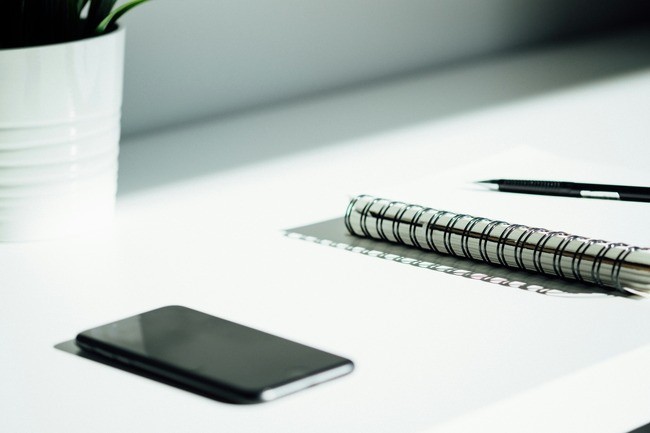
Apple introduced Journal, its first-party app for life documentation, alongside the launch of iOS 17.
Although not part of the initial September iOS 17.0 release, Apple kept its promise, delivering Journal with iOS 17.2.
Despite existing journaling apps on the App Store, Journal adds a unique touch to the crowded space. It integrates seamlessly into the iOS ecosystem, boasting simplicity and security and being free.
Presently, Journal is exclusive to the iPhone, storing data in iCloud. Yet, it lacks an iPad or Mac version. Despite this, it offers a convenient way to jot down thoughts on the go. Apple infused the app with user-friendly features.
How to Use the New Journal App
To begin journaling on the Journal app within iOS 17.2:
Locate and open the Journal app on your iPhone, which may appear on your home screen or in the App Library post-update. If it's your first time using the app, follow the welcome prompts, then proceed to a blank page to start journaling. Tap the plus icon at the bottom center to craft your initial entry.
Opt for "New Entry" at the top to begin writing. Utilize the icons at the bottom to access journal suggestions, add photos from your library, capture new images, insert audio clips, or tag your entry with a location.
Remember, pictures and audio clips are grouped at the entry's heading rather than within the text. Upon completion, tap "Done" to save your journal entry.
Journal Entry from Another App
You can also create a journal entry from another app using the Journal app's sharing capability. Begin by opening the app or content you want to base your entry on, such as a Safari web page or content from various apps.
Look for the Share button, usually denoted by an upward arrow within a square, within the app.
In Safari, this option appears in the bottom menu bar's center. Tapping the Share button prompts the iOS Share Sheet to appear. Navigate to the second row of options within the Share Sheet and locate the Journal app.
If it's not readily visible, tap "More" to find and enable it. To streamline the process for future use, access the top-right corner "Edit" button and add Journal to your Favorites by selecting the green plus icon.
Once you select Journal, a new journal entry is generated with your chosen content, ready for your thoughts and reflections. Once done, save your entry, and it will be accessible and editable within the Journal app for future additions or edits.
Apple's Journal app in iOS 17.2 offers various features, including setting reminders, securing your Journal, using journaling suggestions, customizing suggestions, bookmarking entries, filtering, editing, and deleting entries. The app lets users set journaling schedules and lock journals with Face ID or Touch ID. It also analyzes daily activities to prompt relevant journal ideas and offers customization options for suggestions.
Users can easily filter and bookmark entries and edit them, adjusting content and entry dates. Deleting entries is irreversible, and the app lacks a recycle bin feature.
Android App Alternatives for Journal App
If you can't use Apple's new Journal app because you have an Android device, great alternatives are available. Nine standout apps offer similar journaling experiences with unique features.
"Day One" offers cross-device access, while "5 Minute Journal" focuses on self-care prompts. "Diarium" facilitates social sharing and syncs across devices, and "Penzu" prioritizes privacy with encryption. Other options like "My Diary," "DailyBean," "Journey," "Daylio," and "Grid Diary" provide various features such as mood tracking, flexible prompts, and encrypted entries.
These alternatives cater to diverse preferences and ensure a fulfilling journaling experience for Android users.
Related Article: IOS 17.2 Public Beta 3 Teases Potential Journal App, Added Security Features Addition For IPhones
© Copyright 2025 Mobile & Apps, All rights reserved. Do not reproduce without permission.















